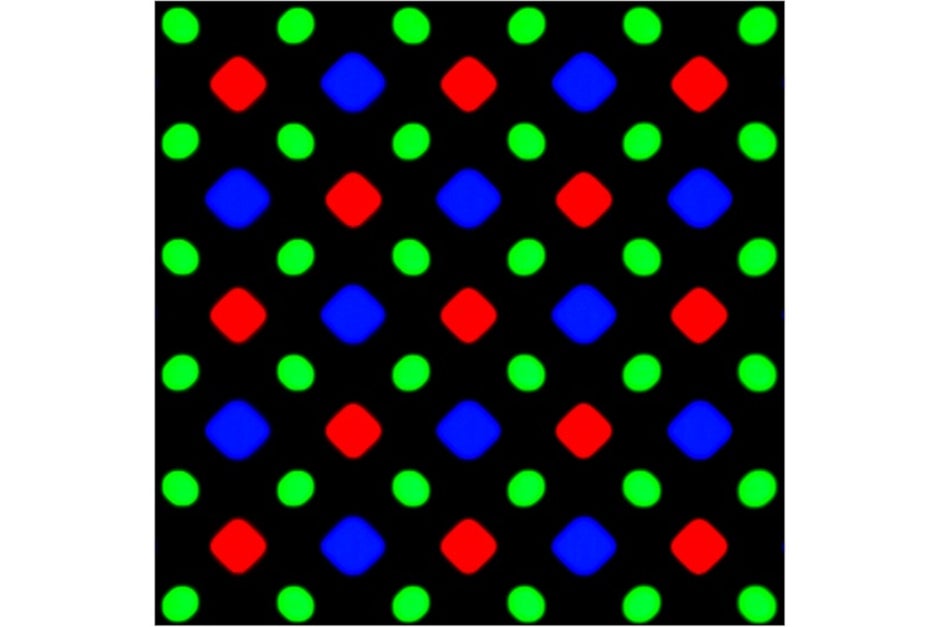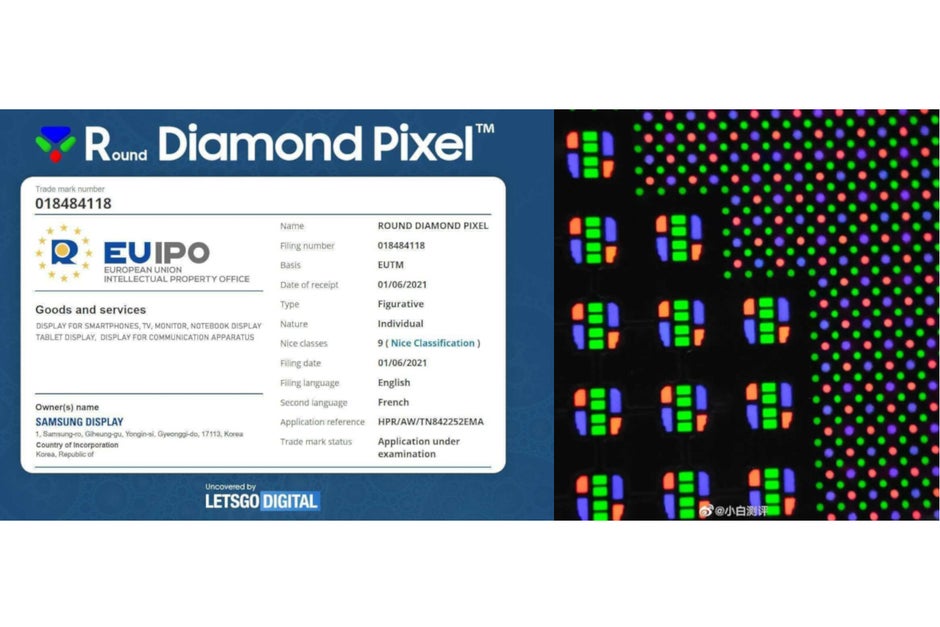We may earn a commission if you make a purchase from the links on this page.

OLED screens have 3 layers, but Eco2 OLED has 2
In the middle lies the polarizer, which works to cancel out any light reflections—but by default also blocks out a huge portion of the light coming from the display, cutting light efficiency by more than half (besides adding an extra bit of girth to the phone).
With the introduction of the new display tech, on the other hand—named Eco2 OLED—Samsung has done away with the polarizer, eliminating the whole middle layer of the display. Instead, it has modified the actual OLED panel to comprise a new laminate structure that can actually block out stray reflections on its own, taking over the polarizer's job.
The Eco2 OLED is 25% more power efficient
According to Samsung, this increases the light transmittance by 33%, resulting in overall 25% of reduced power consumption. These are pretty big numbers, and Samsung says the Eco2 OLED also actually made it easier to implement the innovative UPC camera, as the increased OLED light flow also reaches the under-panel camera module, affording it more light and improving its performance.
The only obvious drawback so far is the increase in production complexity, giving the Z Fold 3 a higher overall manufacturing cost. If Samsung goes universal with the Eco2 OLED, however, this will even out over time.
Round pixels, not square
For nearly a decade, Samsung has had its own unique pixel arrangement of larger, diamond-shaped pixels spread out alongside smaller, oval subpixels. This is not the only pixel arrangement Samsung phones have been using, but it was introduced with the Galaxy S4 in 2013 with the purpose of increasing the maximum pixel density, and has remained largely the same since then: with twice as many green subpixels as the larger red and blue diamond pixels.

The traditional diamond pixel arrangement

The new round pixel shape
Here's to more Samsung innovation...
While we'll wait until the hands-on testing to see if the diamond pixel shape modification will significantly improve image quality, the shift to the Eco2 OLED is the main revolutionization that has received focus from Samsung and should do plenty for the Z Fold 3's battery life expectancy.
Battery life is near the top of the priority list for most people nowadays, so kudos to Samsung for finding an innovative way to prolong it by integrating the polarizer into an OLED display that uses even less power than the regular version.
Samsung has needed to grab every possible opportunity it could to increase the energy efficiency of the Z Fold 3, as a phone that unfolds into a tablet-sized display will automatically use more power on the daily, making it tricky to compete with traditional smartphones that must last users the whole day.
Galaxy Z Fold 3 has a new kind of OLED screen - PhoneArena
Read More


No comments:
Post a Comment